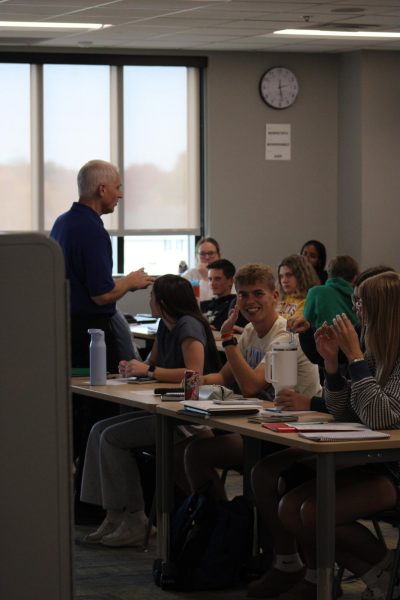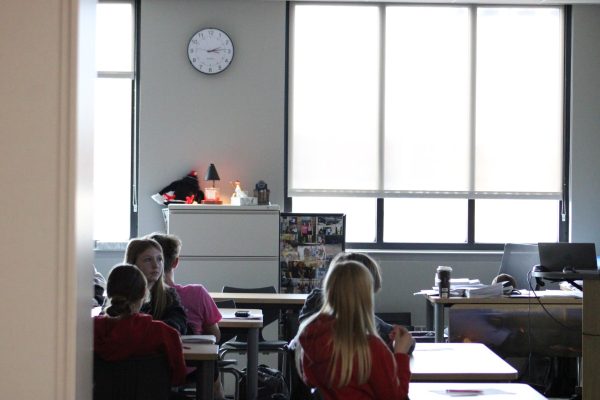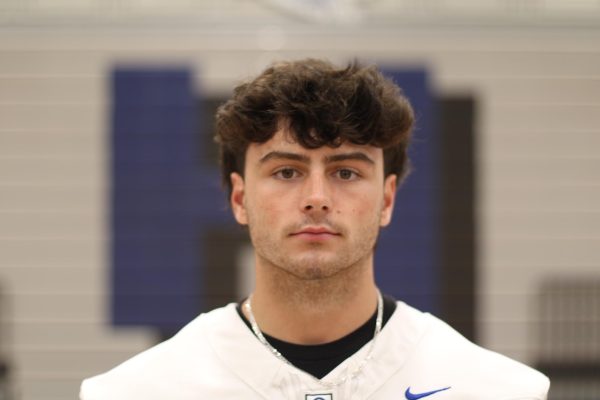The new Owatonna High School has a wide variety of classrooms. These include traditional classrooms with four walls, labs with large windows, classrooms with glass walls and completely open classrooms. These open classrooms do not have walls or doors. The only items that divide the classroom from hallways or commons are filing cabinets or bookshelves placed by teachers.
This style of classroom has illuminated a problem taking place at OHS this year. Students are wandering the hallways during class. Although students can be seen in the halls throughout the day, the most common time to see people in the hallways is during or right after lunch. These “hall walkers” can be distracting to students trying to focus in class.

Senior Tyler Sheehan said, “The people walking in the hallway can be distracting if they are being loud or messing around.” Sheehan is one example of a student who has classes in open classrooms and is distracted by those wandering in the hallways.
Another senior Cora Hess said, “I see people wandering a lot during class and yeah, it does distract me.” Hess said these distractions do affect her school work.
Hess said, “It just makes me look up and maybe think about what they’re doing before going back to my work, but looking up at any sign of movement does get distracting.”
The problem of people walking around the halls is known by administrators. Although the hall walkers are more noticeable to students in class due to the open classrooms, the administration is able to use this to their advantage. Because of the glass and open space, it is easy to notice those who are choosing to distract others during class compared to students using the halls appropriately.
Principal Mr. Kory Kath believes the distinction between those using the hallways responsibly and those causing distractions is important. From this standpoint, he has empowered departments to decide if full class breaks or bathroom breaks are acceptable. This allows each department to control the traffic in the hallways during class.
Mr. Kath said, “[Teachers] know what [their learning space] looks like or feels like and how they want to control the movement in that area.”

However, the students who are causing distractions call for special attention. The administration tries to determine the reasons they are missing class and provide adequate support.
Mr. Kath said that staff considers many things when dealing with the hall walkers. Mr. Kath said, “How can we respond – whether it is with a behavior interventionist or our educational assistants.” This allows administrators, interventionists or educational assistants to effectively guide students back to class.
Students wandering the halls when they are supposed to be elsewhere can be distracting to those trying to learn in class. This problem has been combated by teachers and administrators setting expectations for breaks in each learning community and using the school’s visibility to their advantage. Support is available to anyone who struggles with staying in class and OHS staff is ready to help.


